It’s been a rough few days. When I first heard Charlie Kirk had been shot, I sort of dismissed it, not knowing whether it meant “shot at” or “hit.” I’d gotten too used to the crazies not being able to shoot straight and the hand of providence deflecting bullets. But as the posts became more frantic, I sought out a reliable source and found the video. I watched in horror, immediately knowing that was a kill shot, but hoping for a miracle. I grabbed my Rosary and left the electronic distractions; I took a walk through the neighborhood and recited my prayers. By the time I returned home, I knew for certain Charlie had passed, and a quick look at my phone confirmed it.
Why, Lord? We needed him. Of course, we’d needed Andrew, too. How’d that work out?
I’m a child of the assassination age. I’ve lived through JFK, RFK, MLK, Gerald Ford (twice attempted), Moscone and Milk, Anwar Sadat, Ronald Reagan (attempted), John Paul II (attempted), and Indira Ghandi. I’m sure there are others I’m forgetting.
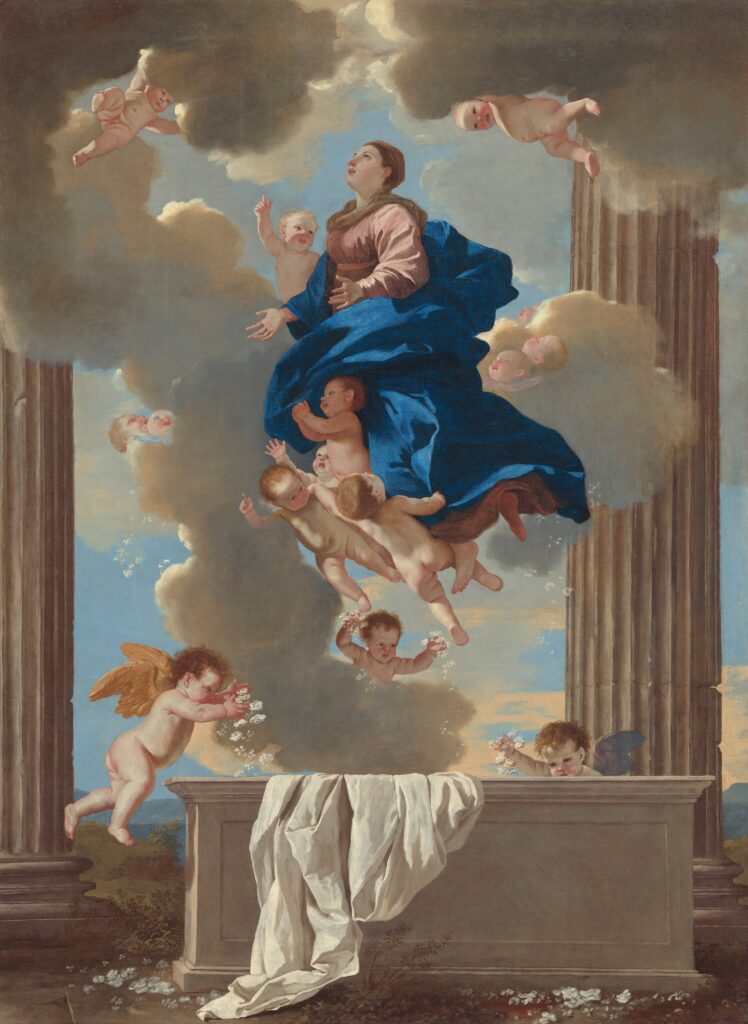
The attack on Donald Trump was horrific for what might have been, but like Reagan and JPII, it was affirming in its apparently providential outcome. Pope John Paul II had credited his survival to Our Lady deflecting the bullet with her finger. Could Donald Trump have gotten a supernatural nudge to tilt his head at that precise moment? There have been rumors that his Catholic wife, Melania, has asked a priest to place her husband under the protection of the Blessed Virgin. Whether Our Lady acted to spare the once-again US President is highly classified, and we won’t know until… you know.
Providence in Our Nation’s Founding
There’s a story about George Washington’s time as 23-year-old aide-de-camp to British General Edward Braddock during the French and Indian War. It’s told that during the Battle of Monongahela, Washington and other mounted officers rode across the battlefield through enemy gunfire to deliver vital messages. Every other officer on horseback was killed, and Washington had two horses shot from underneath him. His coat was later found have four bullet holes in it, and Washington even pulled shrapnel from his hair. But his person had not even a scratch.
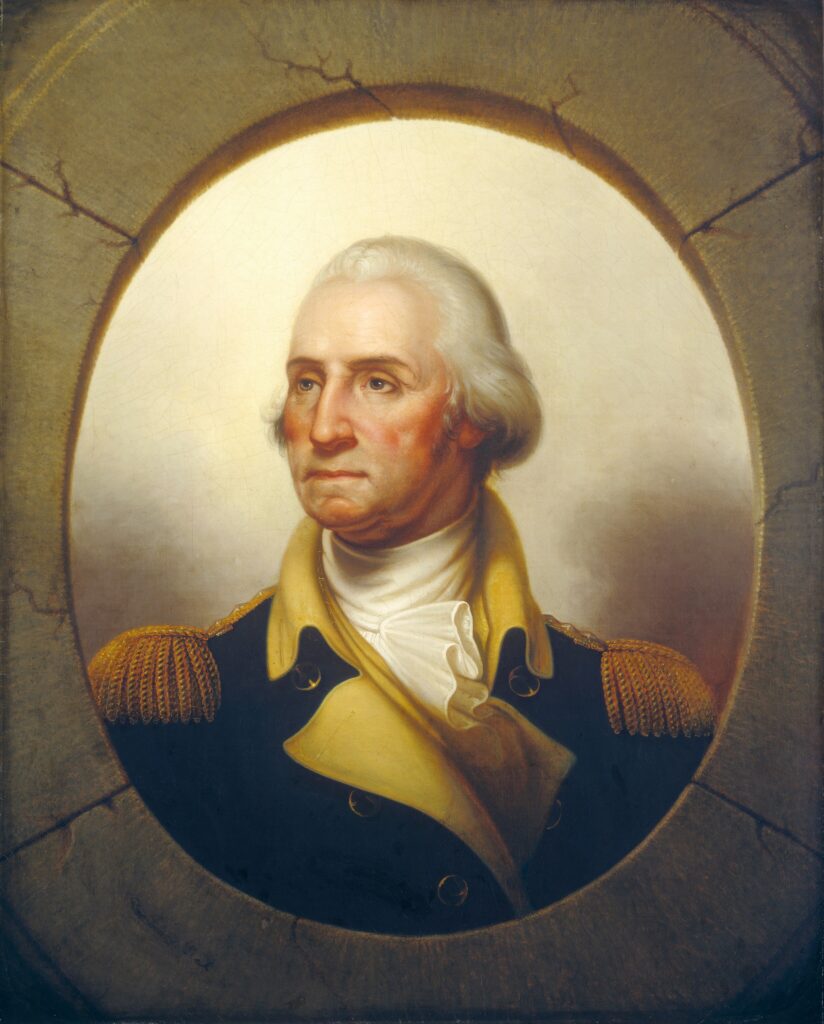
Years later, an elderly Indian chief who’d fought against Washington visited our country’s first President. He recalled that he’d personally shot at Washington 17 times and had ordered his men to do the same. The chief explained the reason for his visit. Before he died, he’d wanted to meet the man who was “protected by the Great Presence Above.” Is it possible that heaven had preserved Washington for his future role as Commander-in-Chief, because he was the indispensable man of the American Revolution? Is it possible that God saved Donald Trump from an assassin’s bullet, because he is the essential man in America’s rebirth? The Lord works in mysterious ways, and He often chooses unlikely servants.
But what about Charlie Kirk? He was a deeply religious man, a devoted family man, and someone very necessary to the conservative movement seeking to restore America. Only 31 years old, he deserved 40 or 50 more years to serve his country, love his wife, and guide his children into adulthood. All that was stolen from him. Why couldn’t the bullet miss?
Twisted Trans violence in Charlie Kirk’s Assassination
As I’m writing this, facts are coming to light about the twisted, disordered mind of his assassin. To no one’s surprise, the trans madness is part of this warped scenario. Weirdly, that diabolical movement has enjoyed near universal support on the Left, despite making no logical sense. It is anti-God, anti-nature, narcissistic, exhibitionistic, and ruthlessly demanding. It is so flimsily pseudo-scientific, that only the highly educated are stupid enough to swallow it. And it has been ever so trendy, affording elites ample opportunity to virtue signal by supporting it, especially if they’re the type of parents who use their children as fashion accessories. In short, the trans movement has everything the modern Left seems to love.
Now it has become hyperviolent. Which again is not surprising. As any homicide detective will tell you, the most brutal murders always have a twisted sexual element. Charlie was an opponent of trans ideology, but a compassionate ally for those whom the movement had harmed. Of course, we’re not allowed to say the movement is harmful, are we? So, Charlie became a target. And we’re left to wonder, why did God let the crazies win?
Harvesting Eden: A Teen Soul’s Journey in the Age of Woke
Of Obi-Wan, Stephen, and Joan
Again, the Lord works in mysterious ways. Sometimes, He takes away what we need and, in doing so, makes it more powerful. Already, millennials are talking about Charlie’s Obi-Wan effect, a reference to Luke Skywalker’s mentor being absorbed by The Force, which expanded his power beyond his Jedi limits. I’ve never been a Star Wars fan, so I’ll draw my inspiration from scripture and Church history.
I immediately thought of St. Stephen, the great debater that the Pharisees couldn’t contend with. They resorted to twisting his words to accuse him of blasphemy, much like the Left took Charlie’s statements out of context to accuse him of their usual litany of sins. Stephen’s crowd didn’t buy what the Pharisees were selling, because they’d heard the words straight from Stephen’s mouth. Just so, Charlie’s audience can access his complete statements in his videos. The Pharisees knew they were losing the crowd and were struck with fear. Just so, the Left knew that they were losing the youth vote in the US, as Charlie’s influence grew. So, the Pharisees resorted to violence, stoning Stephen, who became the first Christian martyr. They couldn’t out-argue him, so they killed him. (And Charlie…?)
Stephen’s death, however, is not the end of the story. Because God decided to use the instigator of the plot to kill Stephen for His own purposes. The Pharisees gathered their stones, not knowing they were dropping their mantles at the feet of a future saint, whose conversion would change the Western world. How many of Charlie’s converts are out there right now, ready to make a difference?
Another saint that comes to mind is Joan of Arc. I recently read an account of her life, The Maid of Orleans by Sven Stolpe. Joan arose at a time when the men of France were in decline, and had allowed their territory to be conquered by an outside force. (Need we list the many ways that Western manhood is in decline today, and how young men especially are struggling with despair?) Joan showed the men of her time how to stand up and fight, leading them to reclaim several key cities. (Likewise, Charlie served as an example to young men on college campuses, who hunger for purpose.) But Joan couldn’t overcome the inertia of the leadership and the political infighting to make a decisive push against the English. Joan was captured, tried as a witch, and burned at the stake.
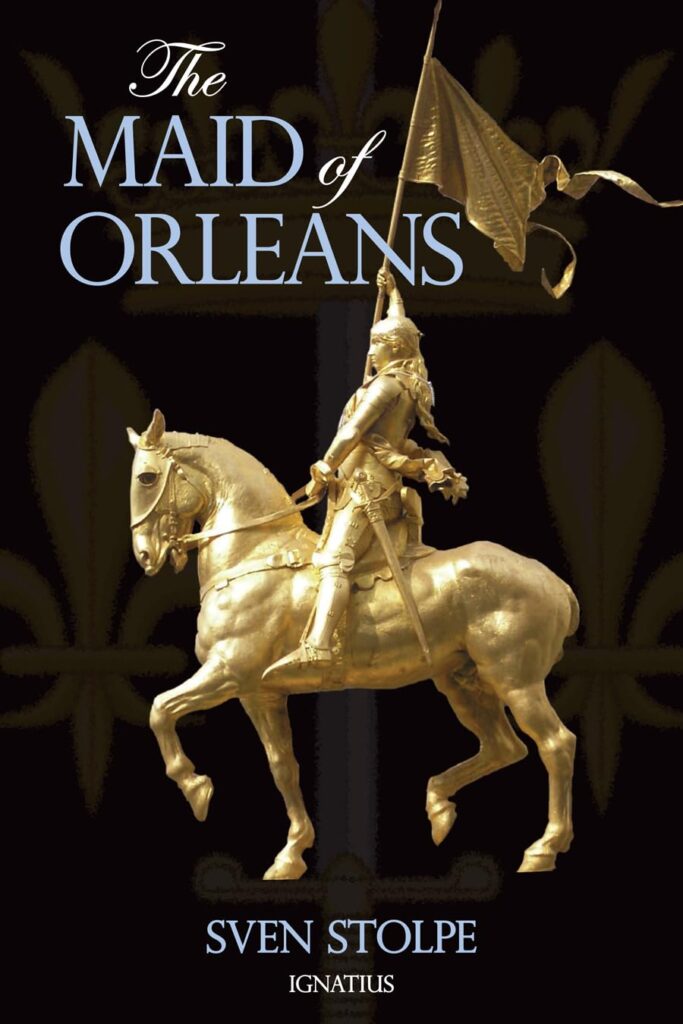
Joan’s mockery of a trial was a horrible miscarriage of justice, and Joan prayed to be spared her sentence. But God declined. His purpose did not require Joan on the field as a warrior. In fact, Joan’s testimony clearly states that she never took a life in battle. What God needed from Joan was sacrifice. The God who would not spare His only Son would not spare Joan. But Joan’s martyrdom filled the French with such resolve that they were finally able to expel the English and restore France.
Nor did God spare Charlie. But, in the aftermath of Charlie’s murder, in American and across the sea, we’re already witnessing an awakening, especially among young people.
The 19th century Danish theologian, Soren Kierkegaard wrote, “The tyrant dies and his rule is over, the martyr dies and his rule begins.” Charlie’s assassination will prevent him from working campuses across the country in the run up to the midterm elections. This delights Democrats. But we can be confident that Charlie’s influence will still be felt in the tens of thousands of hearts that he touched in life, magnified by the millions who will come to know him only after his death.
The good news for Catholics, as always, is that we know Christ triumphs in the end. In the meantime, we must prayer harder, love more deeply, and find the forgiveness in our hearts that Jesus challenges us to bestow. Yes, there must be justice for Charlie, but then we must move forward. We are in a battle for hearts, minds, and souls. We must use the weapons of persuasion that Charlie wielded so effectively, engaging with the pure intention of uplifting those around us whom the modern world has taught nothing but despair.
Great news: Get started with NAD for 10 percent off!
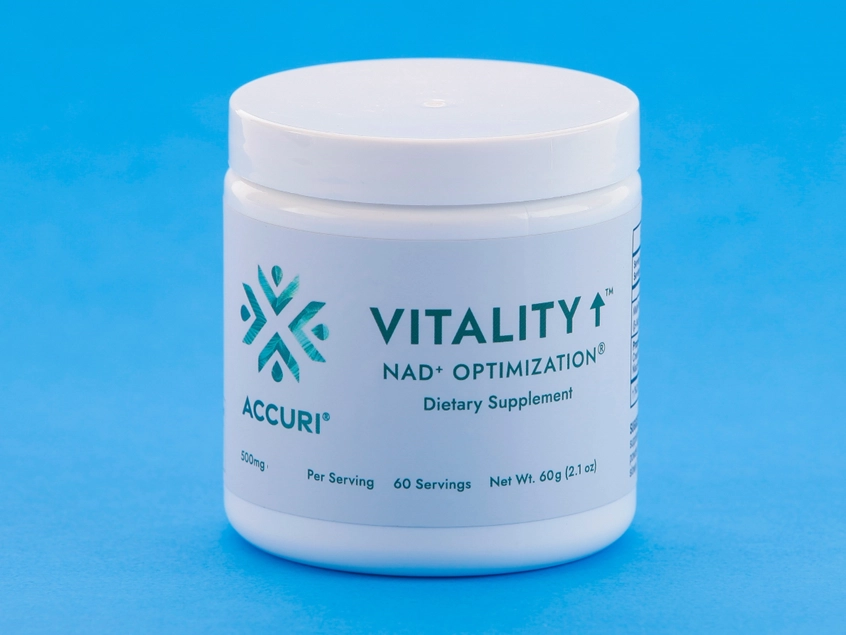
You can get started with Vitality Boost for 10 percent off the standard price by using my offer code KevinRush10 at checkout. Just follow this link: Jinfiniti!
Disclaimer: The column may contain affiliate links, which help support the website. When you click on a link and make a purchase, the website receives a small commission at no additional charge to you. Thanks for your support!

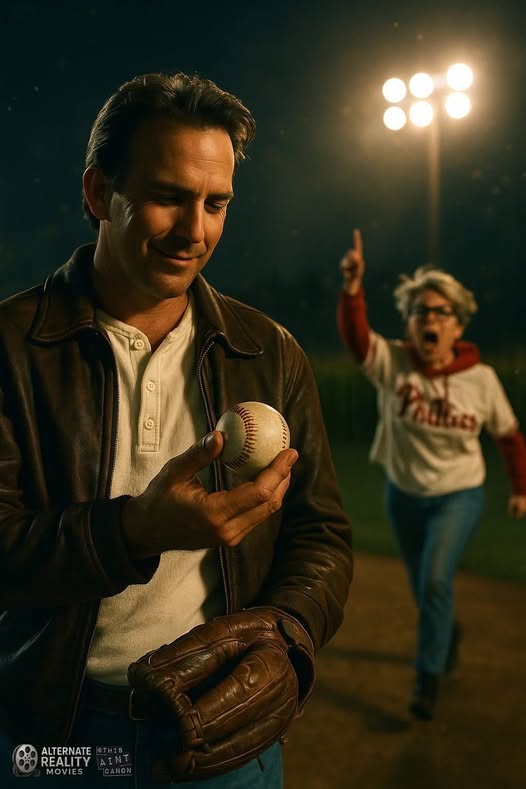




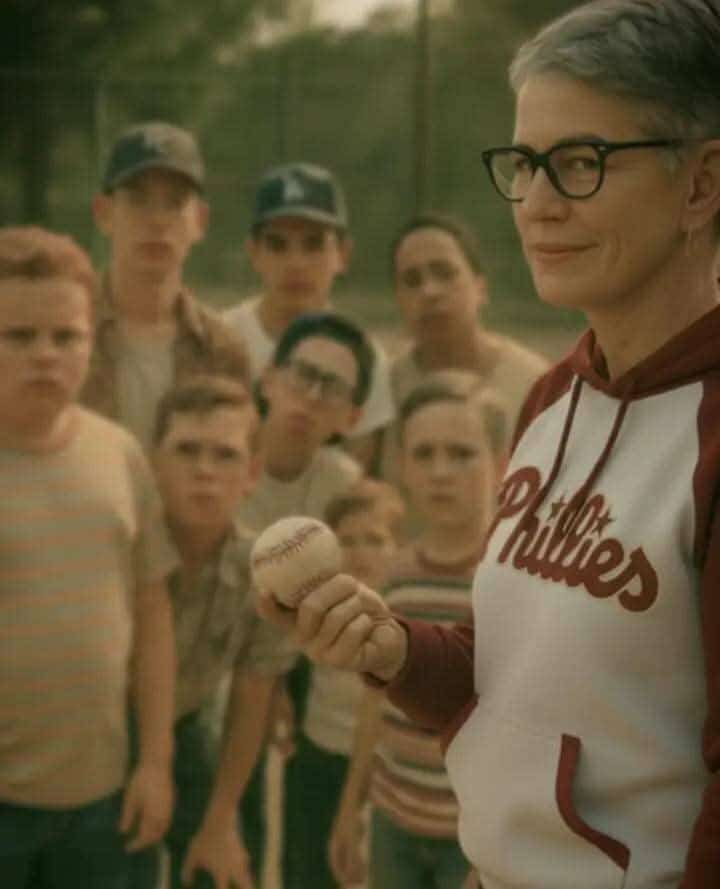
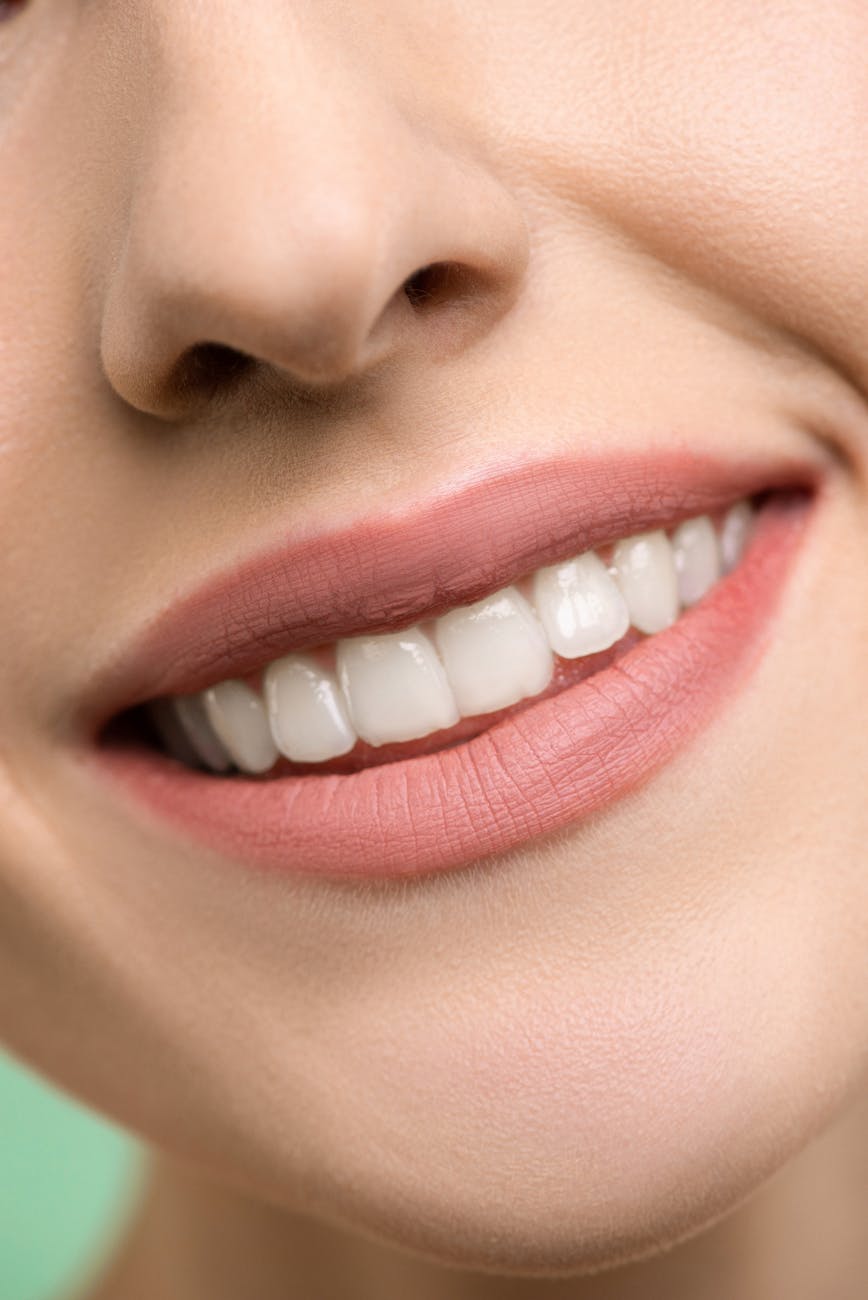

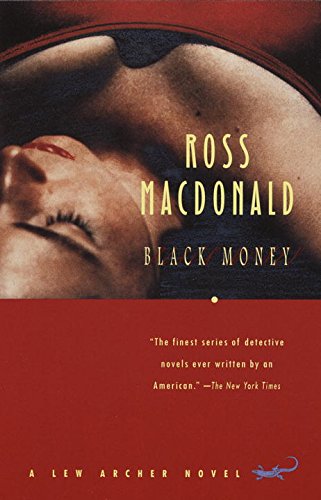
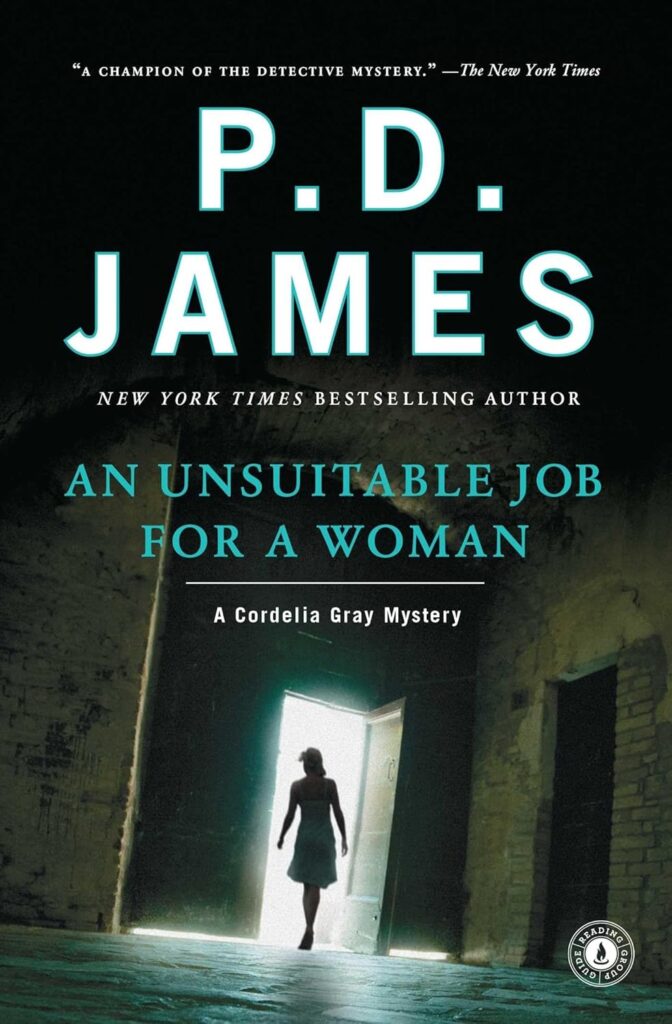
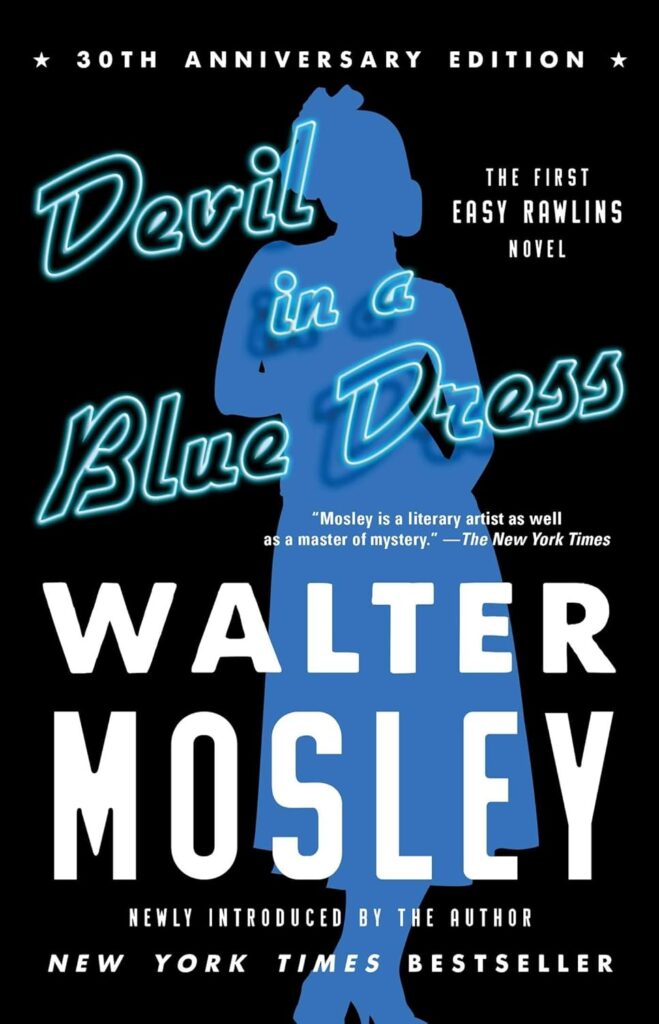
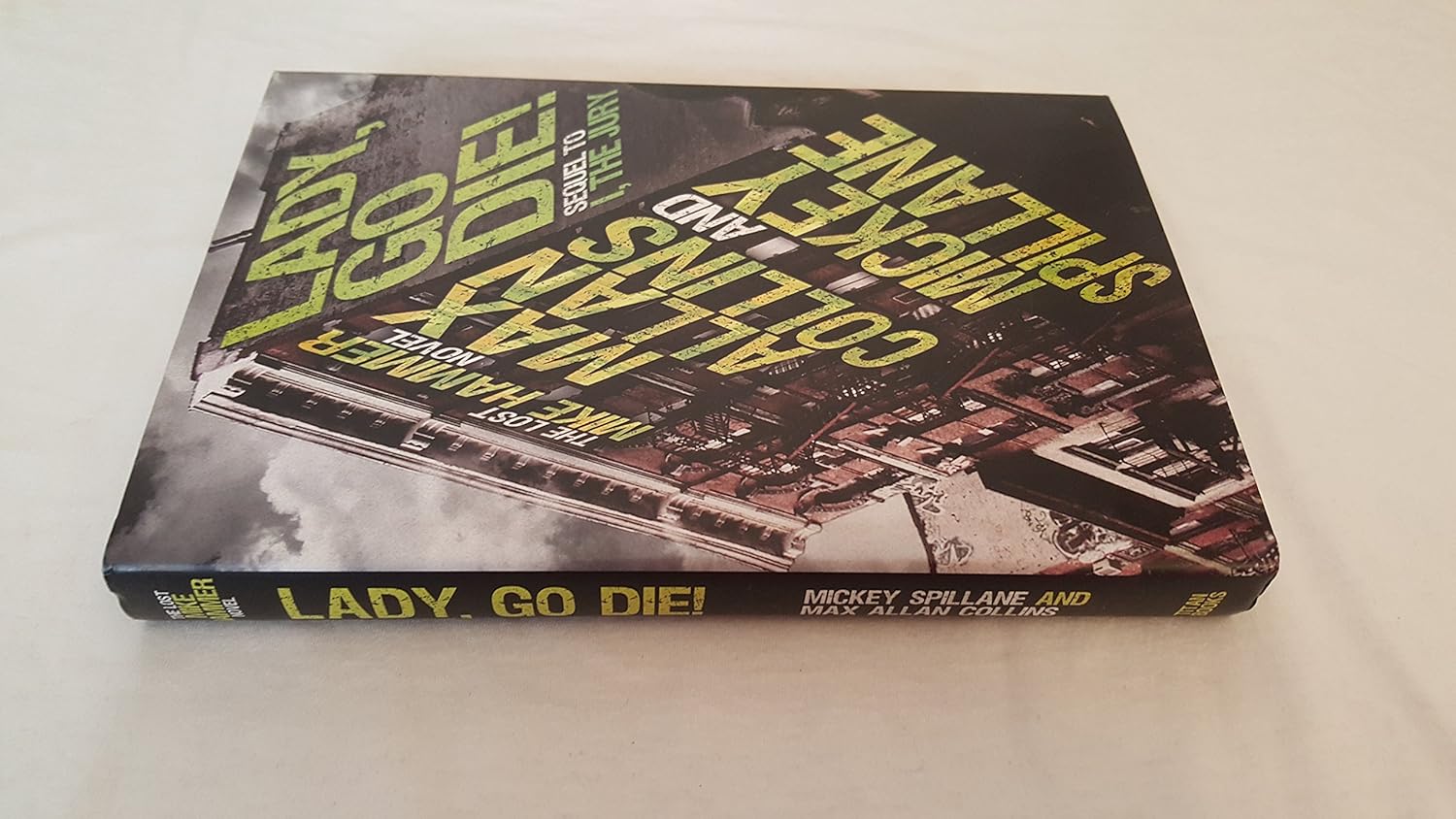

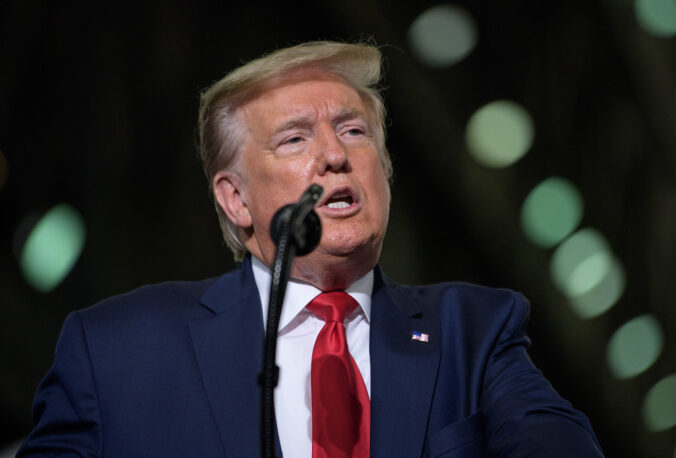

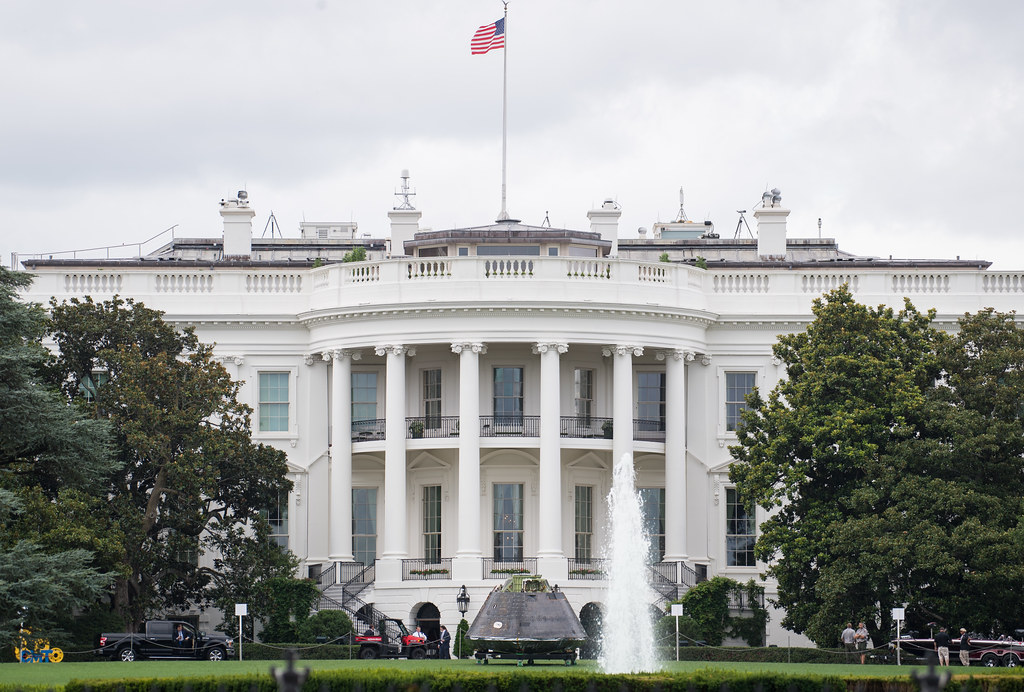



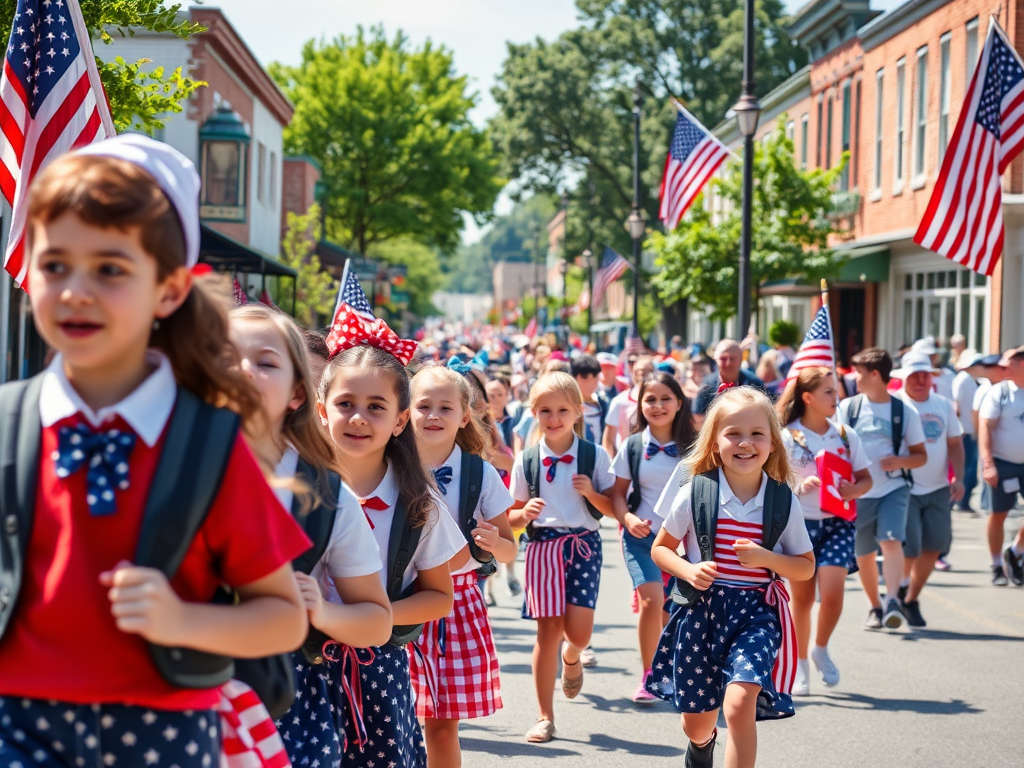
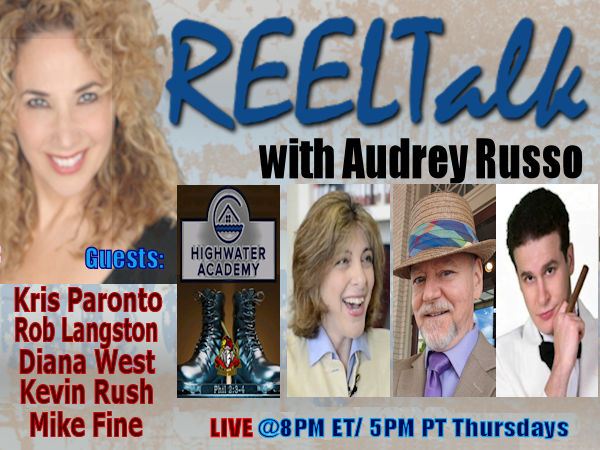

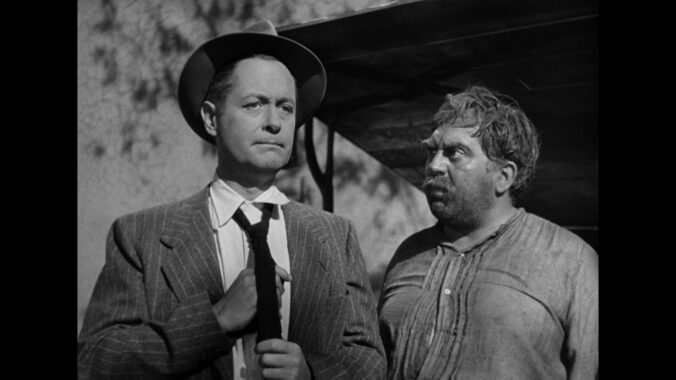
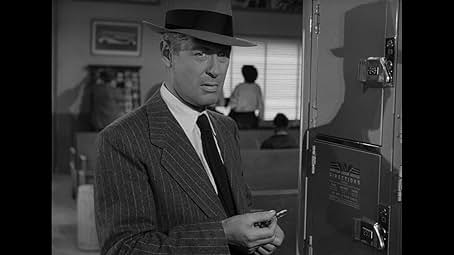
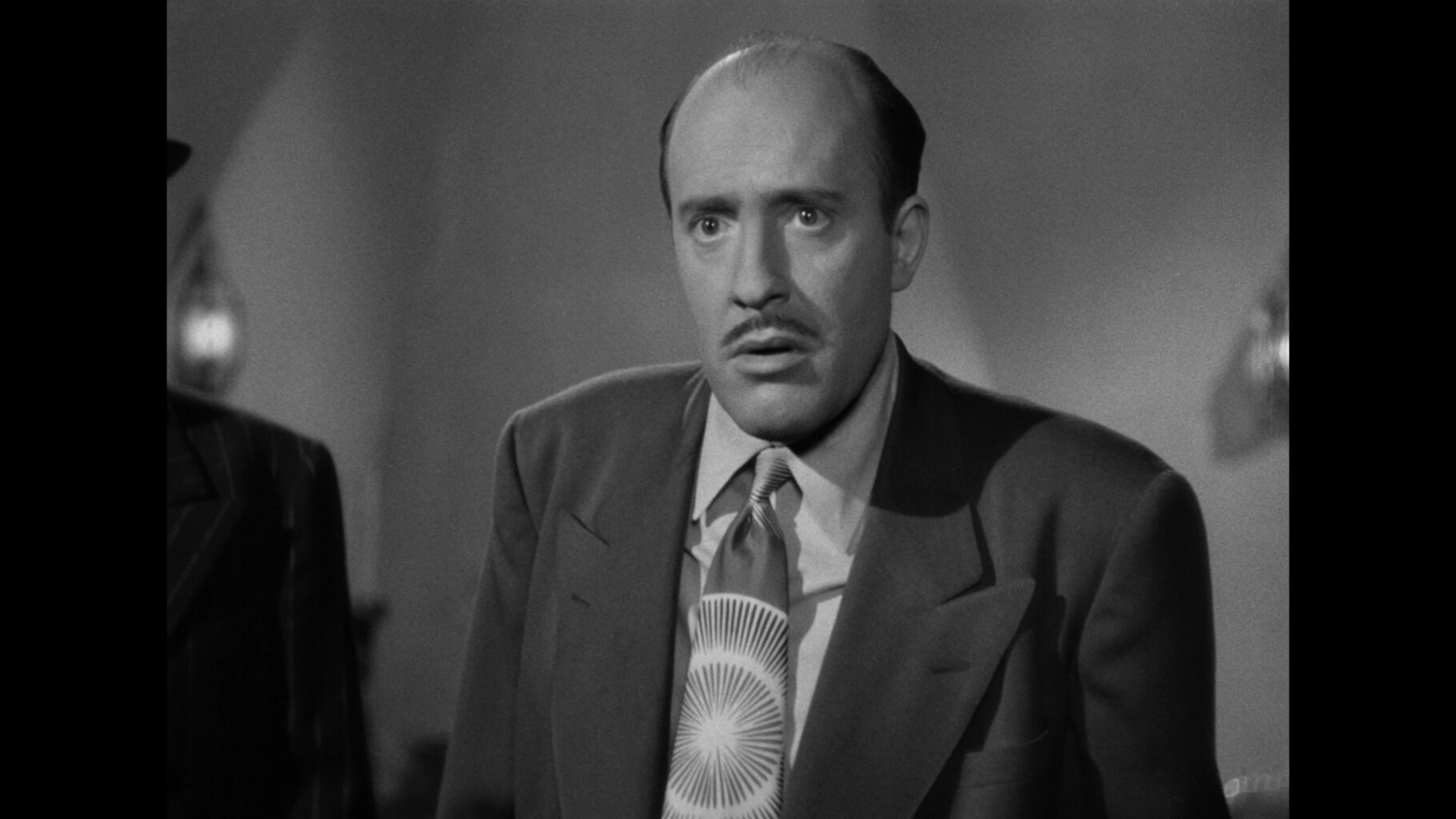
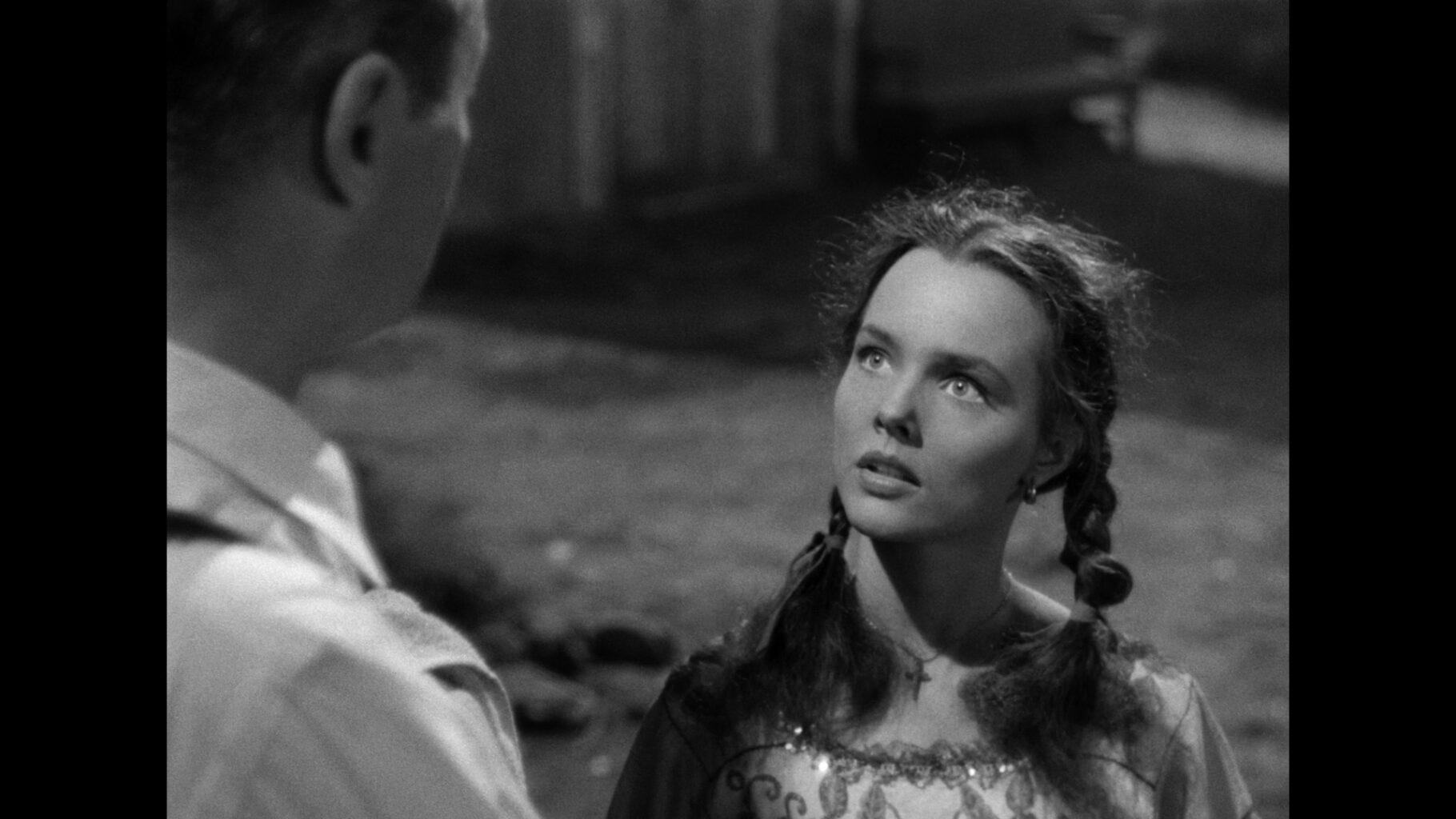

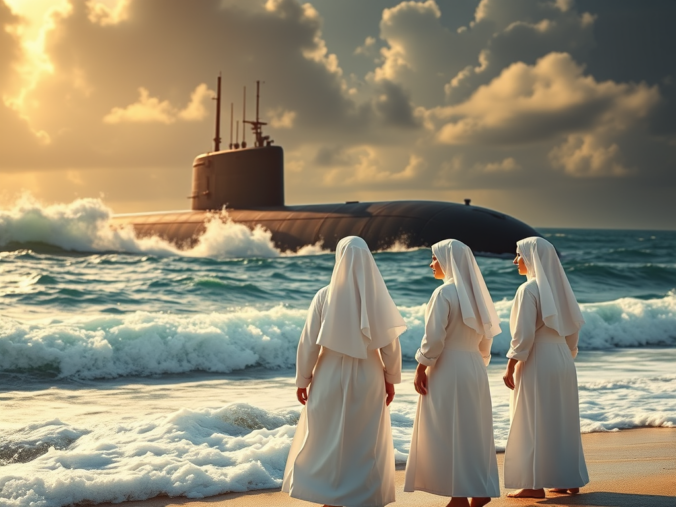
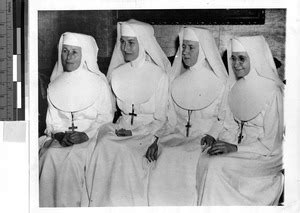
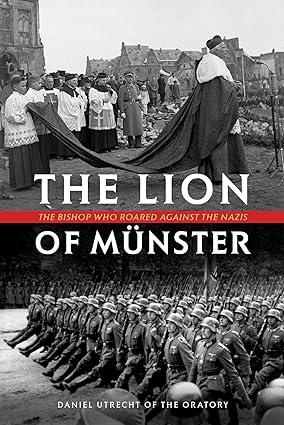
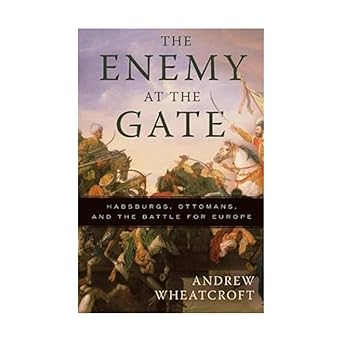
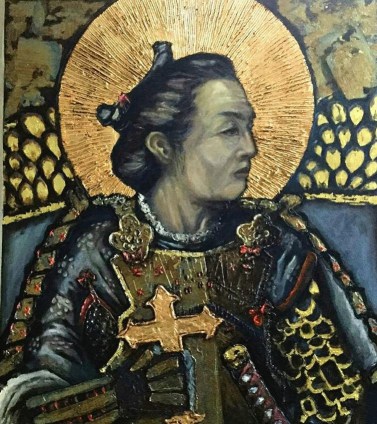
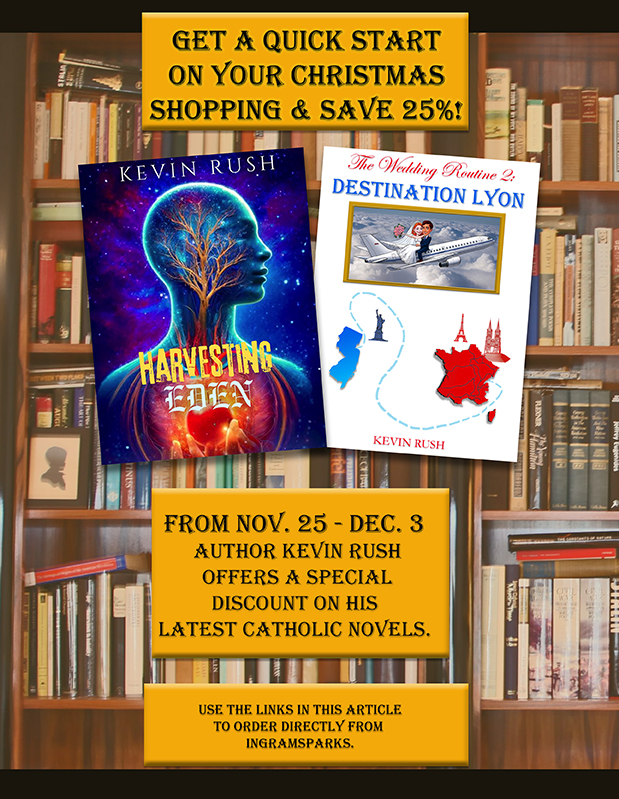


Recent Comments